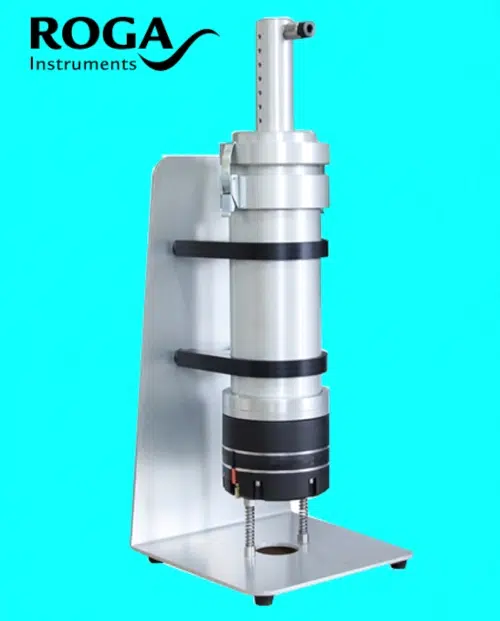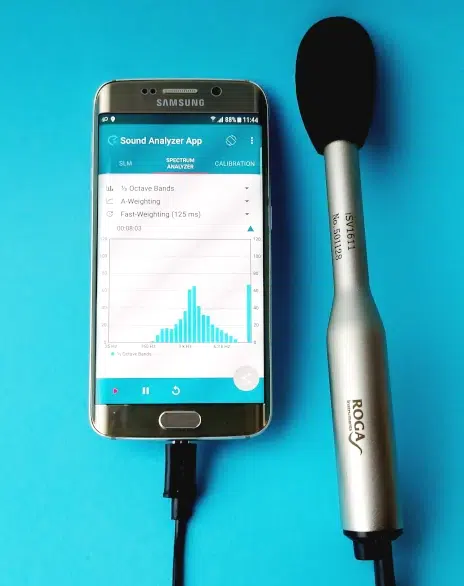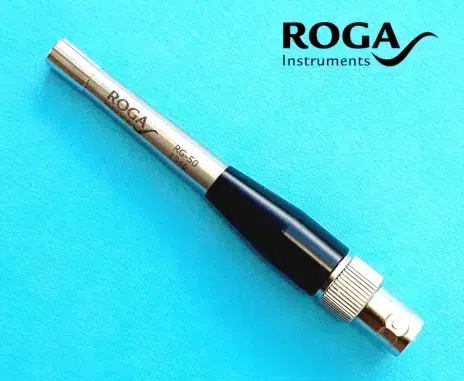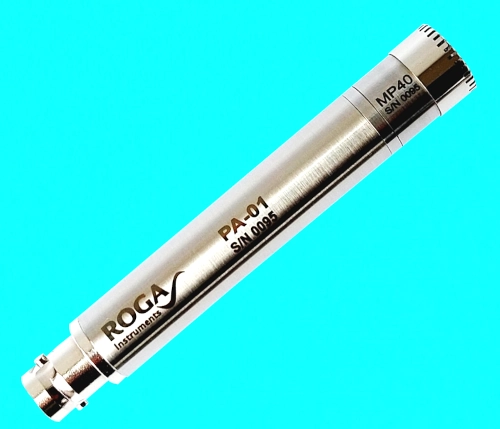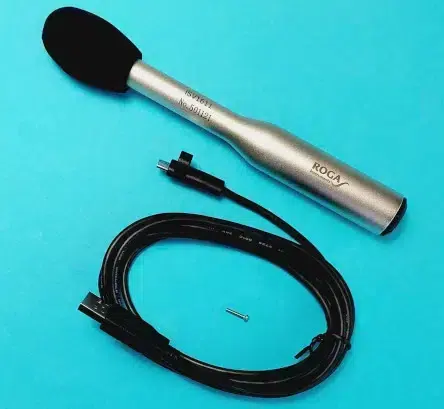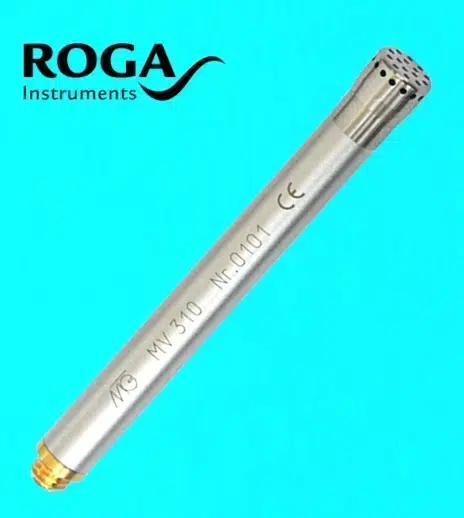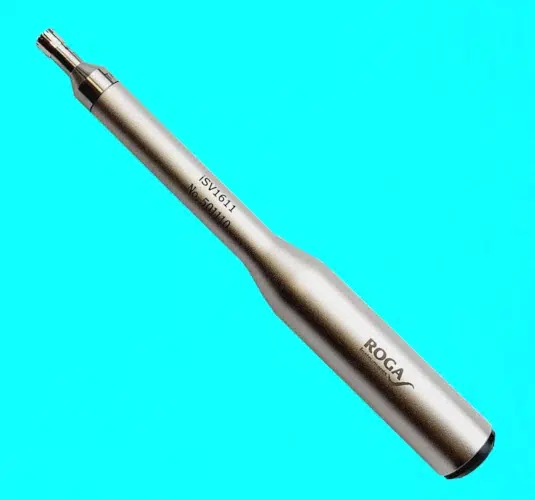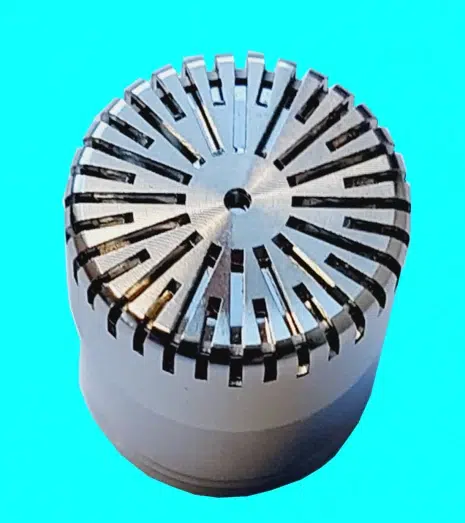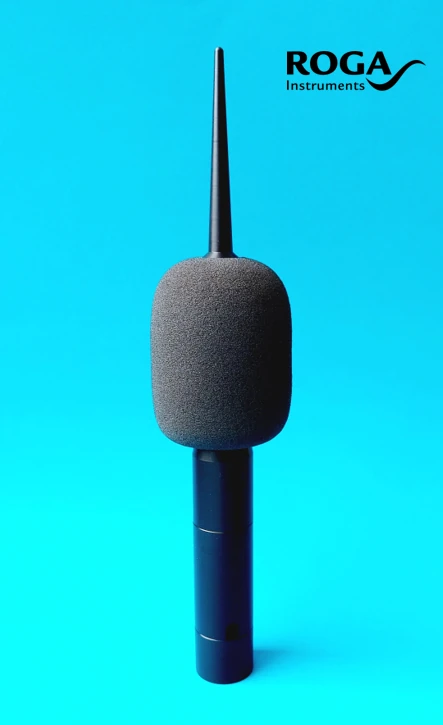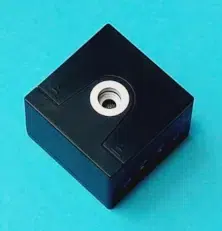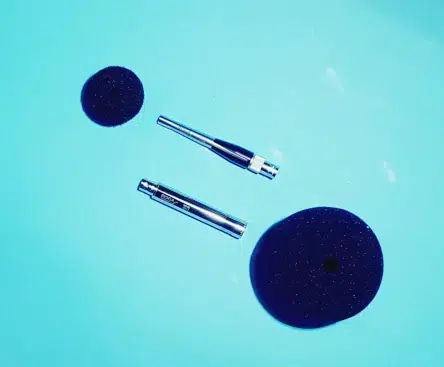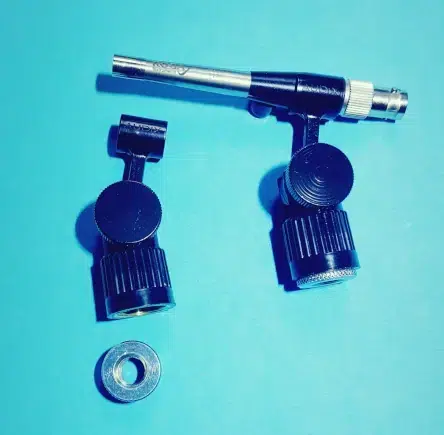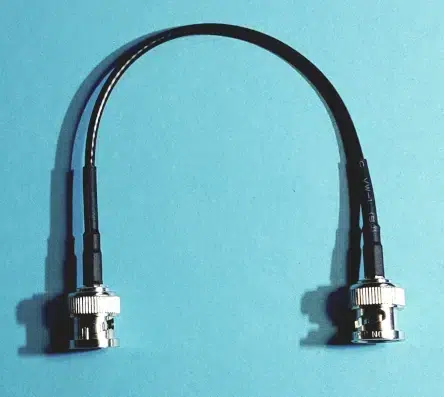High Sound Pressure Level Microphone Calibrator
CA935
Since there are many high sound pressure environments in the fields of national defense and aerospace, the research of high sound pressure is becoming more and more important in modern science.
To conduct these studies, there are many high sound pressure microphones, whose maximum sound pressure level often exceeds 170 dB and even reaches 180 dB.
The question of how to check whether these microphones can really reach the specified target sound pressure level and how to measure the linearity and distortion has become a new topic.
The conventional high sound pressure calibrator, such as the CA915 from BSWA, can only reach a maximum sound pressure level of about 160 dB.
The calibrator is very heavy and requires a powerful amplifier drive.
In 1940, Oberst proposed a method for generating pure sound waves with a large amplitude in a closed tube, i.e. two cylindrical tubes with different radii are connected together.
By utilizing the resonance characteristics of the tube with variable cross-section, the internal high-order harmonic oscillations can be effectively suppressed and the pressure ratio can be significantly improved.
When the sound source is excited at the end of the thick tube, the sound wave with high sound pressure and low distortion is generated at the end of the thin tube under resonance conditions. As shown in the figure below:

If the end of the pipe is assumed to be a rigid interface, the sound pressure level is

Pe is the sound pressure level at the end of the sound source, S1 and S2 are the cross-sectional areas of the large and small tubes respectively, l2 is the length of the small tube, A, B and C are the quantities related to the sound frequency, the tube length, the tube radius and the tube attenuation coefficient. Based on this theory, a variable cross-section tube can be designed for the linearity and distortion calibrator of a high sound pressure microphone.
Based on the principle of the variable cross-section Oberst tube and the original SW4XX1 series impedance tube, BSWA has launched the CA935 high-pressure calibrator with built-in high-sensitivity and low-distortion speaker, which can form a stable, pure and low-distortion sound field with large amplitude in the cavity, with a dynamic range of 94 dB ~ 180 dB. It also has a reference microphone installation position, which can be used for real-time monitoring of the sound pressure in the tube.
The internal acoustic coupling cavity of the CA935 calibrator is designed so that the maximum sound pressure level is achieved at a resonance frequency of 500 Hz. The distortion of the calibration sound source within the dynamic range is ≤ 2.5 %. It is suitable for measuring microphone distortion and calibrating high-pressure microphones to avoid measurement errors due to overload. Due to the peculiarity of the working environment of high-pressure microphones, the diaphragm can easily change or even be damaged by the bad environment. Therefore, it is necessary to check the linearity and overall distortion of the high-pressure microphone regularly.
The BSWA MPA473S high-pressure microphone can be selected as a reference microphone to monitor the real sound pressure level in the calibration chamber. In order not to affect the accuracy of the test, the MPA473S has been selected so that the total distortion including the microphone and the high pressure calibrator does not exceed 2.5 % at 180 dB.
With the BSWA high sound pressure linearity testing and data acquisition software, a high sound pressure calibration system can be created. The system can simultaneously measure the sound pressure level and total harmonic distortion of the reference microphone (Ref. MIC) and the microphone under test (DUT). By comparing the difference between the sound pressure levels of the reference microphone and the microphone under test, the sound pressure linearity of the microphone under test can be determined.
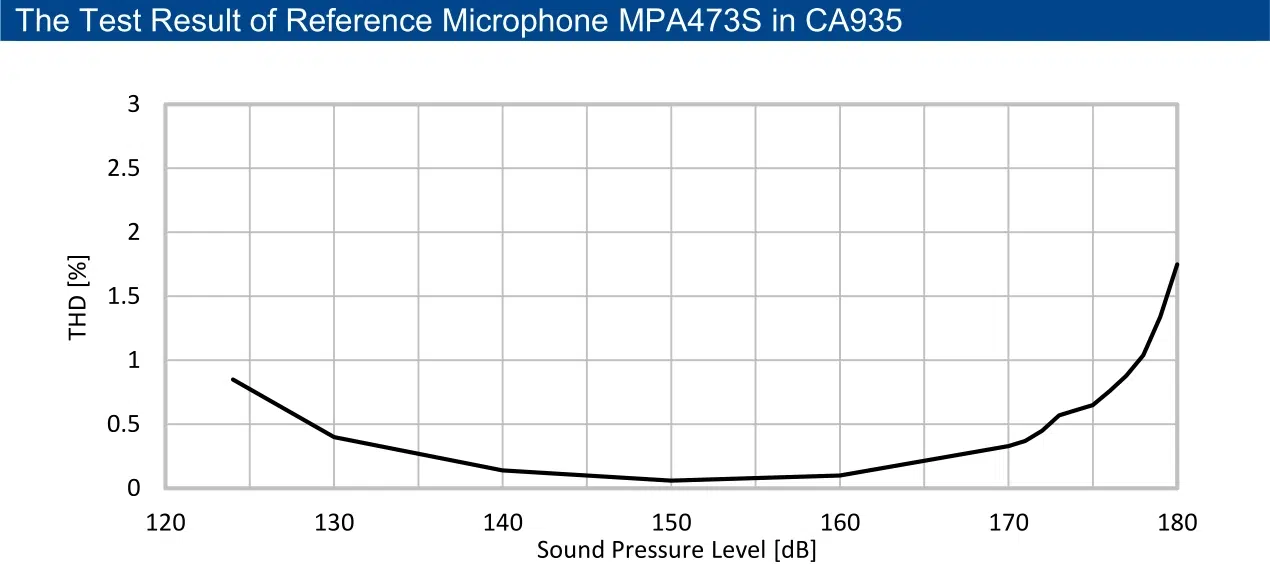
Specifications: | |
|---|---|
Maximum Input Power | 400 WRMS (maximum continuous working time 30 s) |
Rated Impendence | 4 Ω |
Test Frequency (Resonance Frequency) | 500 Hz |
Dynamic Range | RMS: 94 dB~180 dB,Peak: 97 dB~183 dB |
Total Harmonic Distortion | ≤0.5 %(@ 171 dB / 500 Hz),≤2.5 %(@ 180 dB / 500 Hz) |
Input Connector | Push terminals |
Loudspeaker Unit | Neodymium compression drivers |
Optional Reference Microphone 1 | MPA473S high pressure microphone |
Microphone Under Test | 1/2″ and 1/4″ microphone according to IEC 61094-4 standard |
Dimension 2(mm) | W260 x H668 x D261 |
Weight 2 | 9.3 kg |
Note 1: The reference microphone position is only available for 1/4″ microphone.
Note 2: CA935 only, not including the reference microphone and microphone under test.
